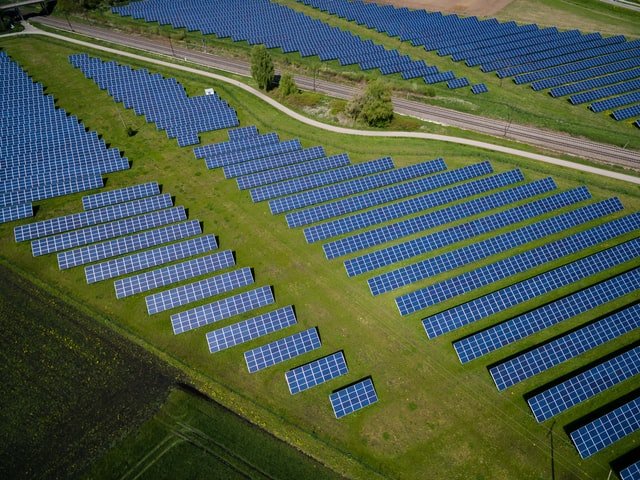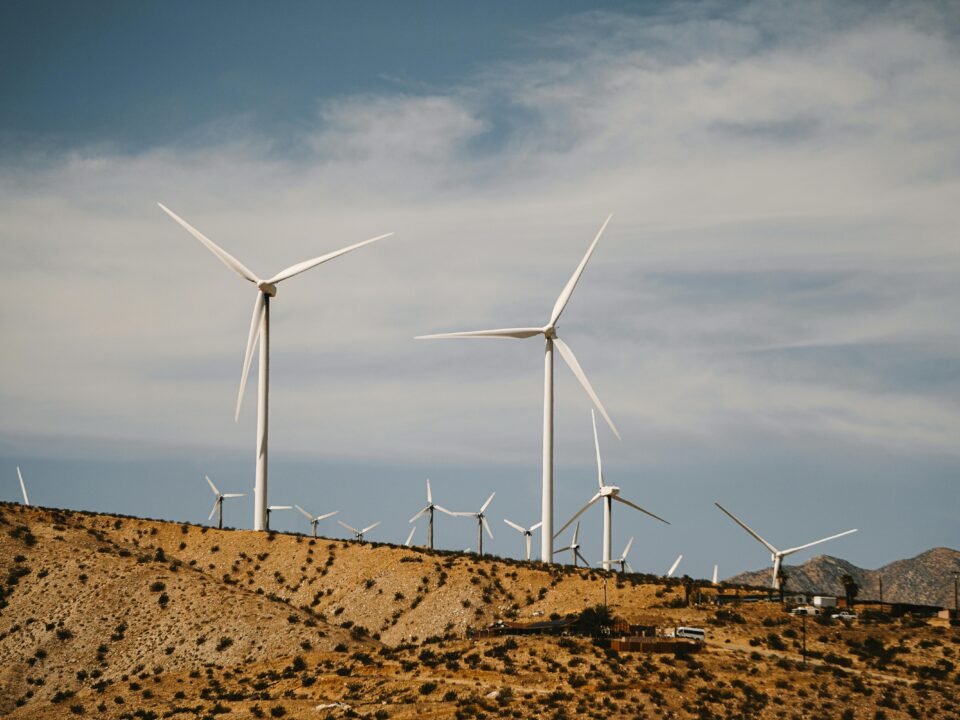Why is Energy Storage vital for renewable energy’s future? What are the types of Renewable Energy Storage?
According to many energy governance groups, renewable energy or green energy will account
for nearly half (45%) of global electricity generation by 2040. 45% is huge and the pace at which we’re going to hit this target is fast!
This growing number is absolutely worthy of this much excitement as renewable energy is the one big step towards a green environment. With every new innovation and design comes a challenge. Another development, another challenge.
Yet as renewable energy use continues to grow in leaps, it faces a hard and looming challenge: in a world accustomed to having electricity on demand, renewable energy’s reliance on specific weather conditions means that sadly, it offers intermittent availability, which could create a less reliable grid system over time as compared to energy obtained from non renewable sources which is currently in use. This leads to the question how many hurdles will this big switch cause.
Challenge of intermittent availability brings about many concerns. One of which is – Does this
mean they won’t be dependable sources of renewable energy in the future?
It’s interesting how it’s quite the contrary. Let’s take a closer look at how intermittent energy
storage solutions can solve the problem and help the world get the most from sustainable
energy production – all while creating even more job opportunities for specialists in the
renewables & energy storage sectors leading to economic growth and development!
This is a win-win situation that we’re discussing above. It’s a fact that the generation of
renewable energy did not require as much man power as the generation of non renewable
energy required. So suppose we actually hit the 45% target by 2040, there was a chance that
while bettering our environmental health and getting us all used to a greener environment, we
would’ve met with a new economic challenge of joblessness. As the dependency of non
renewable energy sources decreased, companies would’ve shut or done layovers.
This challenge is automatically tackled by the need to store renewable energy as that requires
manpower and skill.
Let’s talk about the core of the issue here. What is energy storage in simple terms and how
does it work?
Storage is a quantity or supply of something kept for use as needed. Essentially, energy storage is the capture of energy generated at a single point in time for use in the future times as required. For example, holding water back behind a hydroelectric dam for later use is a
traditional form of energy storage.
As technology advances, energy storage will play an ever-increasing role in integrating variable energy or green energy sources into the grid and ensuring energy generation from renewable sources consistently. This also means that more and more jobs will become available in the field over time. Again a hidden benefit.
was this blog helpful in understanding what energy storage is? What is intermittent storage?
You can read more about the subject. That is how Energy storage is vital for renewable energy’s future.




